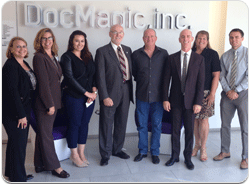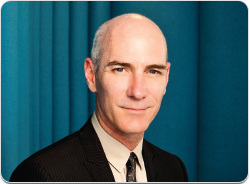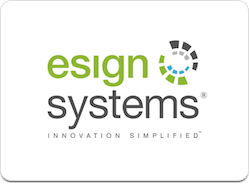Podcast: The DocMagic Moment – Episode #21 – Acquisition of eSignSystems

DocMagic made a major announcement at the MBA Annual Convention – the acquisition of eSignSystems.
In this edition of The DocMagic Moment, Ron discusses the recent acquisition of eSignSystems, the award-winning industry innovator and leader in electronic software solutions. We're thrilled to add this great company and these talented people to our DocMagic family, which, of course, includes all of you.
Listen Now:
[audio mp3="https://docmagicinc.files.wordpress.com/2014/11/podcast_11-7-14a_mp3_96kbit_44khz_stereo.mp3"][/audio]

 DocMagic was proud to open up our state-of-the-art technology center for a visit with Torrance Mayor Patrick Furey and our local Chamber of Commerce.
DocMagic was proud to open up our state-of-the-art technology center for a visit with Torrance Mayor Patrick Furey and our local Chamber of Commerce.  By Tim Anderson,
By Tim Anderson, By Dominic Iannitti
By Dominic Iannitti Powerful addition makes DocMagic the undisputed leader in eSign & eVaulting Solutions
Powerful addition makes DocMagic the undisputed leader in eSign & eVaulting Solutions Technology. Innovation. Service.
Technology. Innovation. Service. Press Release: Consortium lenders who use this LOS now have access to industry-leading doc prep and eDelivery
Press Release: Consortium lenders who use this LOS now have access to industry-leading doc prep and eDelivery By Melanie Feliciano
By Melanie Feliciano